Rising Cybersecurity Threats
The increasing frequency and sophistication of cyber threats in India is a primary driver for the unified threat-management market. Organizations are facing a surge in ransomware attacks, phishing schemes, and data breaches, which necessitate robust security solutions. According to recent data, the cybersecurity market in India is projected to reach $35 billion by 2025, indicating a growing recognition of the need for comprehensive security measures. This environment compels businesses to adopt unified threat-management solutions that integrate multiple security functions into a single platform, thereby enhancing their defense mechanisms against evolving threats. The unified threat-management market is thus positioned to benefit from this heightened awareness and urgency surrounding cybersecurity.
Growing Awareness of Cybersecurity
There is a notable increase in awareness regarding cybersecurity among Indian businesses, which is driving the unified threat-management market. Organizations are beginning to understand the potential financial and operational impacts of cyber incidents. This awareness is leading to higher investments in security solutions, with the market projected to grow at a CAGR of 15% over the next few years. Companies are now more inclined to adopt unified threat-management solutions that offer a holistic approach to security, integrating various protective measures into a single framework. This trend reflects a shift in mindset, where cybersecurity is viewed not just as a technical requirement but as a critical component of business strategy within the unified threat-management market.
Regulatory Compliance Requirements
The unified threat-management market is significantly influenced by the stringent regulatory landscape in India. With the introduction of laws such as the Personal Data Protection Bill, organizations are under pressure to comply with data protection regulations. Non-compliance can lead to hefty fines and reputational damage, prompting businesses to invest in unified threat-management solutions that ensure adherence to these regulations. The market is expected to grow as companies seek to implement comprehensive security frameworks that not only protect sensitive data but also align with legal requirements. This trend indicates a strong demand for integrated security solutions that can simplify compliance processes while enhancing overall security posture in the unified threat-management market.
Increased Adoption of Digital Transformation
As businesses in India accelerate their digital transformation initiatives, the demand for unified threat-management solutions is on the rise. The shift towards cloud computing, remote work, and digital services has expanded the attack surface for cyber threats. Organizations are increasingly recognizing that traditional security measures are insufficient in this new landscape. The unified threat-management market is likely to see growth as companies seek integrated solutions that can provide comprehensive protection across various digital platforms. This trend is further supported by the fact that the Indian IT sector is expected to grow to $300 billion by 2025, highlighting the need for robust security measures that can keep pace with rapid technological advancements.
Emergence of Managed Security Service Providers
The rise of managed security service providers (MSSPs) in India is shaping the unified threat-management market. Many organizations, particularly small and medium enterprises, are opting to outsource their security needs to MSSPs due to resource constraints and the complexity of managing security in-house. This trend is likely to drive demand for unified threat-management solutions that can be easily integrated into managed services. MSSPs are increasingly offering comprehensive security packages that include threat detection, response, and compliance management, which aligns well with the capabilities of unified threat-management solutions. As the MSSP market continues to expand, the unified threat-management market is expected to benefit from this growing trend.


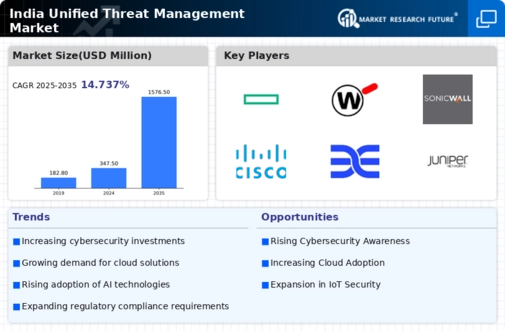

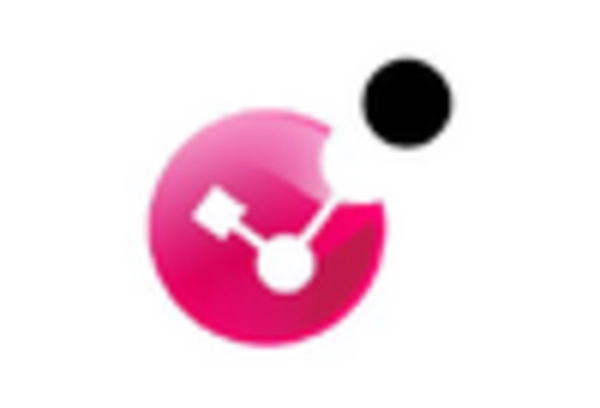
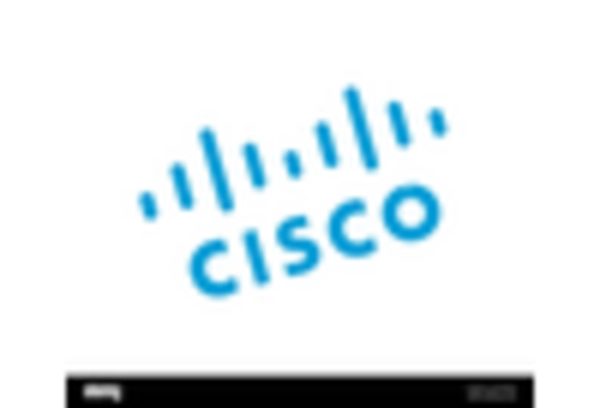
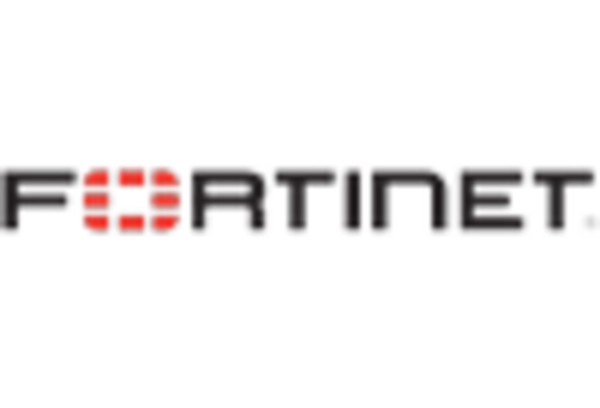
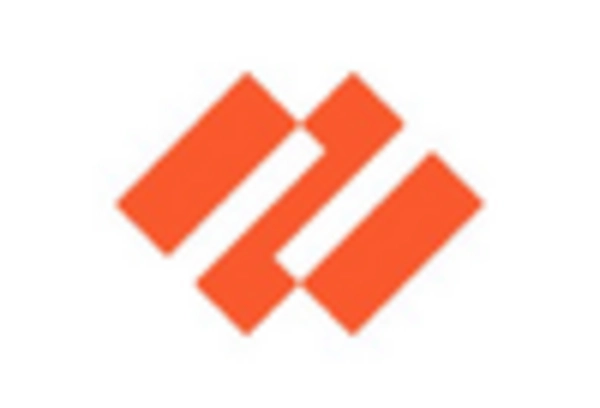
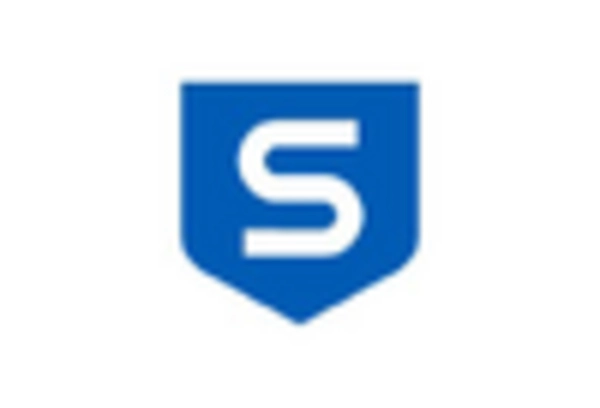








Leave a Comment